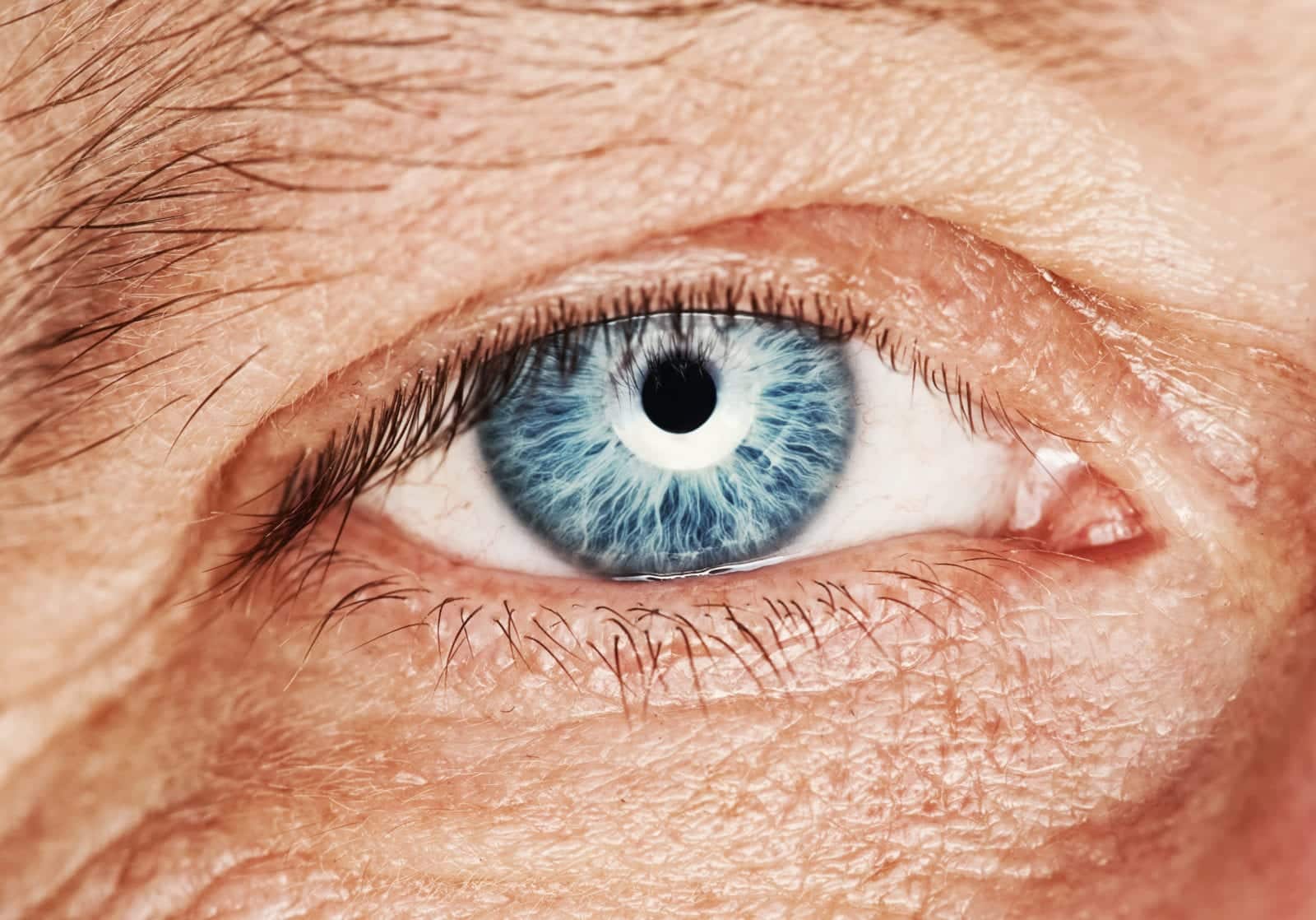Call to speak to a Licensed Insurance Agent
Mon - Fri 8am – 8pm EST; Sat - Sun 10am - 6pm EST

Many of us already know that Medicare does not provide coverage for surgeries that are cosmetic in nature. Basically Medicare is there to help improve your health, not your looks.
However, there are times Medicare will cover “cosmetic” type surgeries IF they treat a medical condition. They may also cover them if they repair the function of a damaged body part.
One of the cosmetic surgeries that may seem like Medicare would cover is upper eyelid surgeries. The medical term for these surgeries is blepharoplasty.
So a common question many people have is, “Does Medicare cover Eyelid Surgery?” In this article, we answer that question in clear, plain English. You will also find the average costs of upper eyelid surgery and other helpful info.
The short answer is no. In most cases, Medicare will not cover the cost of upper eyelid surgery. That said, there may be some situations where you can get these costs covered. Below we’ll take a closer look at this to see when you might be able to get Medicare to pay for your upper eyelid surgery.
Original Medicare (Medicare Part A and Part B) does not provide coverage for upper eyelid surgery. This is because, most of the time, these surgeries are done for cosmetic purposes. So if you are going to have upper eyelid surgery to improve or repair your appearance, Medicare will not cover it.
However, just like with other cosmetic surgeries, Medicare may cover upper eyelid surgery if it is medically necessary. One reason that is it could be medically necessary is to remove excess skin on the eyelid that is causing health or vision problems.
Before Medicare covers upper eyelid surgery, there are factors that they will look at to determine if they will help pay for it or not. The main factors are:
Because eyelid surgery typically happens in an outpatient setting, if you do qualify for coverage, it will likely fall under Medicare Part B.
Medicare Advantage (Medicare Part C) also does not provide eyelid surgery coverage if it is for cosmetic purposes. However, just like with Original Medicare, Medicare Part C may provide coverage if your doctors says the surgery medically necessary.
But Part C plans differ in the things they cover that Original Medicare does not and how much they pay. So check with your plan provider to get the specifics for your plan.
Undergoing eyelid surgery usually costs somewhere around $3,000 or so. These costs do not include the anesthesia or other related hospital expenses.
Your healthcare provider may recommend having eyelid surgery (aka blepharoplasty) for the following reasons:
Note: Medicare coverage changes all the time. And your specific coverage may vary from plan to plan for Medicare Advantage and Medigap plans. Always be sure to double check with your health care provider and/or Medicare insurance provider about what your plan covers and what it does not.
This article is part of our series on “What does Medicare cover?”
Also, you can check out other articles in this series including: Does Medicare cover Shingrix?